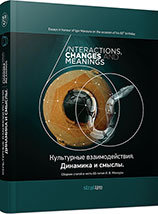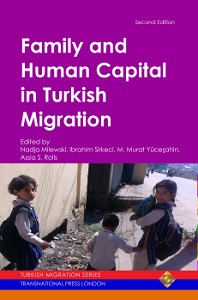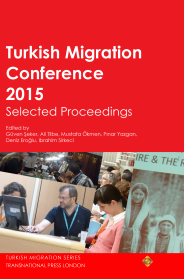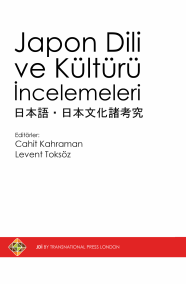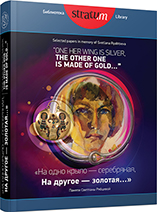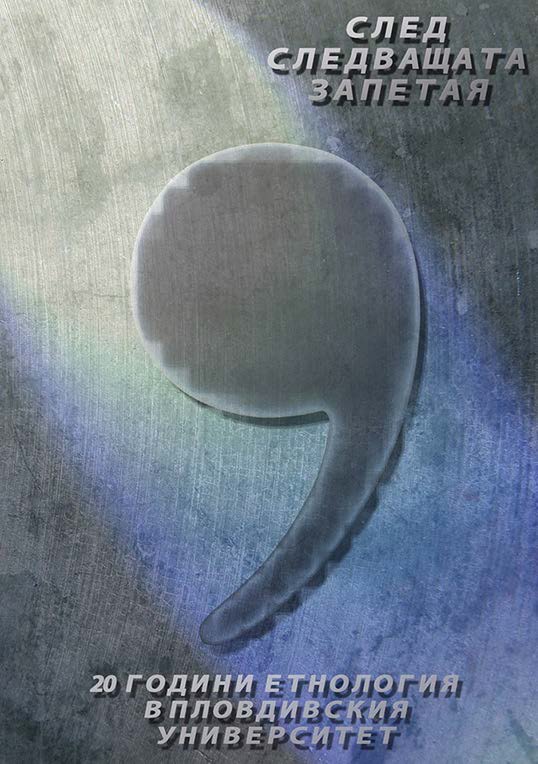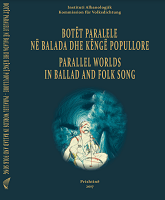Author(s): Olimbi Velaj / Language(s): English
Publication Year: 0
In this treatment are examined the parallels between Romania’s most famous ballad, “Miorita”, and a common Albanian ballad with versions from both south and north. Communication through sound saves the Albanian shepherd, while Romanian shepherd requires the sound of his flute to persist even after his death. Referring to the similarities and differences, as well as previous interpretations of the respective ballads, this paper aims to shed light on the parallel worlds of the shepherds and their communications and perception of the world. The Romanian ballad, “Miorita”, is about two shepherds who come down from the mountains and make plans to kill their friend and to take his flock of sheep. One of the sheep, Miorita, which has a human attribute (she can speak), tells the shepherd how his friends are acting against him. The Albanian folk ballad, “Tanë, moj e zeza, Tanë” (“Tana, oh poor Tana”), shows similarities with “Miorita” in several elements: Tana’s boyfriend, who is bound by thieves, seeks to free his hands and play his flute. Through the sounds he will reveal what happened. Also another similar song is “Kajka e çobaneshës” (“The Song of Shepherdess”), recorded in Karaçevë e Epërme, Kosovo. Characters in the two songs are similar, and the scene is similar. In the Albanian song the shepherd resists and uses any possible means to counter the kidnapping. The Romanian shepherd accepts the warning of his death. The Albanian shepherd, however, does not accept death and uses the flute to sound a warning and to save himself. The coded language of sound saves the life of shepherd. We will consider the only published Albanian version, the work of Qemal Haxhihasani, while there are many published versions of the Romanian ballad. Referring to comparative studies of ballads by Ardian Fochi, Ion Taloş, Mircea Elliade, Nicolae Babuts, and Eqrem Çabej, we will try to build a theoretical framework for this paper.
More...
